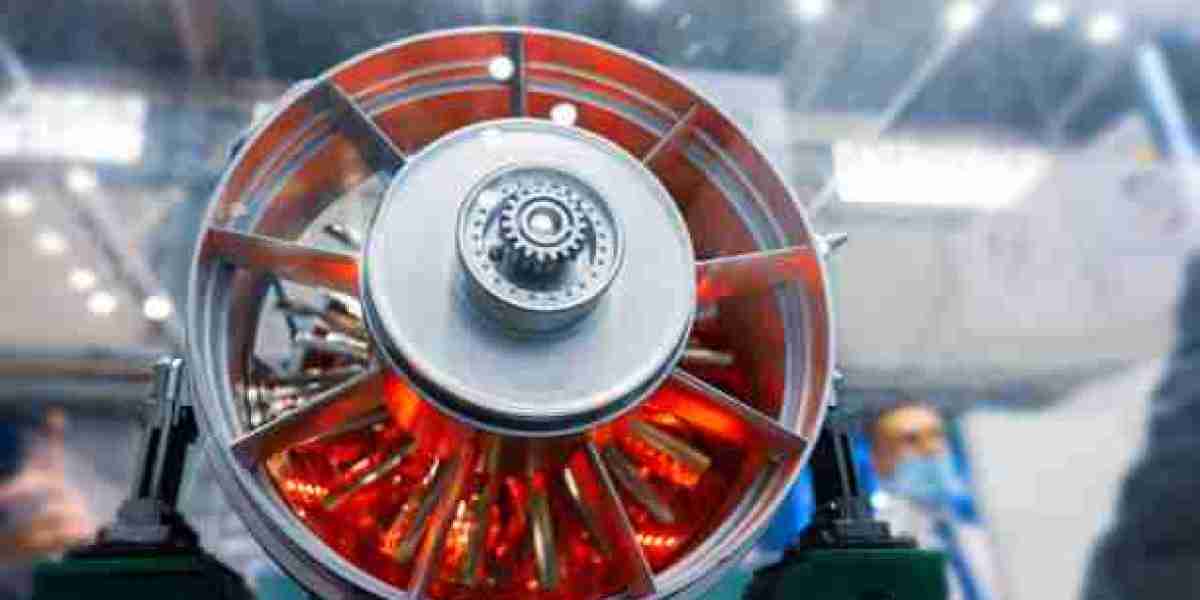The Gas Turbine Market pros and cons provide a crucial perspective in understanding the evolving landscape of power generation and industrial applications. Gas turbines have long been celebrated for their efficiency, rapid start-up times, and relatively low emissions compared to traditional fossil fuel technologies. However, despite these advantages, challenges remain that influence the market dynamics and future outlook for gas turbines globally.
Understanding Gas Turbines: An Overview
Gas turbines operate by converting natural gas or other liquid fuels into mechanical energy, which then drives generators to produce electricity. These turbines are favored in various sectors such as power plants, aviation, oil and gas, and marine propulsion due to their high power-to-weight ratio and operational flexibility.
Pros of Gas Turbines in the Market
High Efficiency and Flexibility
Modern gas turbines offer high thermal efficiency, especially when used in combined cycle setups, where waste heat from the turbine is utilized to generate additional power via steam turbines. This method can achieve efficiencies exceeding 60%, making gas turbines competitive with other fossil fuel-based power generation technologies.Rapid Start-up and Load Following Capability
Gas turbines can start and reach full load quickly, often within minutes, compared to coal or nuclear plants which require hours or days. This flexibility allows them to effectively complement intermittent renewable energy sources like wind and solar, stabilizing the grid and meeting peak demand efficiently.Lower Emissions Relative to Coal
Gas turbines emit less carbon dioxide, nitrogen oxides, and particulate matter than coal-fired plants, contributing to cleaner air and a smaller carbon footprint. This environmental advantage aligns with global efforts to reduce greenhouse gases and comply with stricter regulations.Compact Size and Modularity
Their compact design allows gas turbines to be deployed in a range of locations, including remote or space-constrained sites. Additionally, modular turbine units can be scaled up or down to meet varying power demands, providing adaptability in installation and maintenance.Diverse Fuel Options
While natural gas is the primary fuel, many gas turbines can operate on alternative fuels like biofuels, synthetic gas, and hydrogen blends. This fuel flexibility enhances the potential for gas turbines to integrate into future low-carbon energy systems.
Cons of Gas Turbines in the Market
Dependency on Natural Gas Supply and Prices
Gas turbines are highly dependent on the availability and price stability of natural gas, which can be volatile due to geopolitical issues, supply disruptions, or market fluctuations. This dependency can pose financial risks and affect operational continuity, especially in regions without established gas infrastructure.High Initial Capital Investment
The upfront cost of gas turbine power plants, including installation and commissioning, can be significant. Though operational costs are relatively low, the initial capital expenditure can be a barrier for emerging economies or smaller power producers.Environmental Concerns Despite Lower Emissions
Although gas turbines emit less CO2 than coal plants, they still contribute to greenhouse gas emissions. Methane leaks during natural gas extraction and transport also raise environmental concerns. Consequently, their use is sometimes viewed as a transitional technology rather than a permanent solution to climate change.Technical Complexity and Maintenance Requirements
Gas turbines involve sophisticated engineering and require regular maintenance to operate efficiently. Components such as turbine blades, combustion chambers, and cooling systems demand high-precision upkeep, which can increase operational costs and downtime.Noise and Heat Emissions
Gas turbines produce significant noise levels during operation and generate considerable heat, which necessitates careful site planning and installation of noise mitigation measures. This can complicate deployment in densely populated or environmentally sensitive areas.
Market Dynamics Shaping the Gas Turbine Sector
The gas turbine market is influenced by various external and internal factors that either drive growth or impose constraints. The global push toward decarbonization and renewable energy adoption has encouraged manufacturers to innovate turbine designs for better efficiency and lower emissions. The integration of digital technologies like predictive maintenance and remote monitoring has improved operational reliability and reduced downtime.
Conversely, the rising competitiveness of renewables, battery storage, and hydrogen fuel technologies poses challenges to traditional gas turbine markets. Policy frameworks and financial incentives are increasingly favoring clean energy projects, urging the gas turbine industry to evolve toward greener solutions, such as hydrogen-capable turbines or hybrid systems combining gas turbines with renewables.
Future Trends in the Gas Turbine Market
Hydrogen Integration
One of the most promising trends is the adaptation of gas turbines to run on hydrogen or hydrogen-natural gas blends. Hydrogen combustion produces only water vapor, making it a zero-carbon fuel option. The industry is investing in research and pilot projects to validate turbine performance with hydrogen, which could significantly reduce emissions and extend the market relevance of gas turbines.Advanced Materials and Cooling Techniques
Developments in materials science have led to turbine blades capable of withstanding higher temperatures, which boosts efficiency. Enhanced cooling systems also prolong turbine lifespan and improve performance, lowering maintenance frequency and costs.Digitalization and Automation
The use of artificial intelligence and IoT devices for real-time monitoring and predictive analytics enables operators to optimize turbine performance and plan maintenance proactively. This reduces unexpected failures and operational expenses, making gas turbines more competitive.Hybrid Power Systems
Gas turbines are increasingly paired with renewable energy installations, battery storage, or waste heat recovery systems to create hybrid power plants. These configurations maximize efficiency and reliability while minimizing environmental impact, addressing the growing demand for sustainable energy solutions.Emerging Markets Expansion
Developing economies with increasing electricity demand are driving gas turbine market growth. These regions value gas turbines for their fast deployment, flexible operation, and ability to support grid stability alongside expanding renewable infrastructure.
Conclusion
The Gas Turbine Market pros and cons highlight the dual nature of this mature yet evolving technology. While gas turbines offer efficiency, flexibility, and lower emissions compared to other fossil fuel options, challenges related to environmental impact, fuel dependency, and capital costs remain. The market's future will likely be shaped by advances in hydrogen fuel compatibility, digital optimization, and hybrid system integration. As global energy systems transition toward sustainability, gas turbines must adapt to maintain their role as reliable, flexible power generators that bridge today’s energy needs with tomorrow’s clean ambitions.




